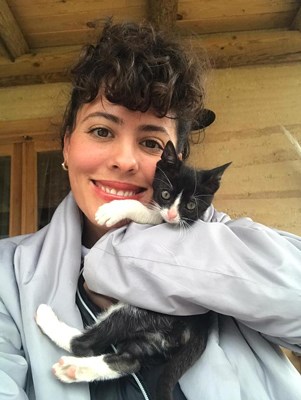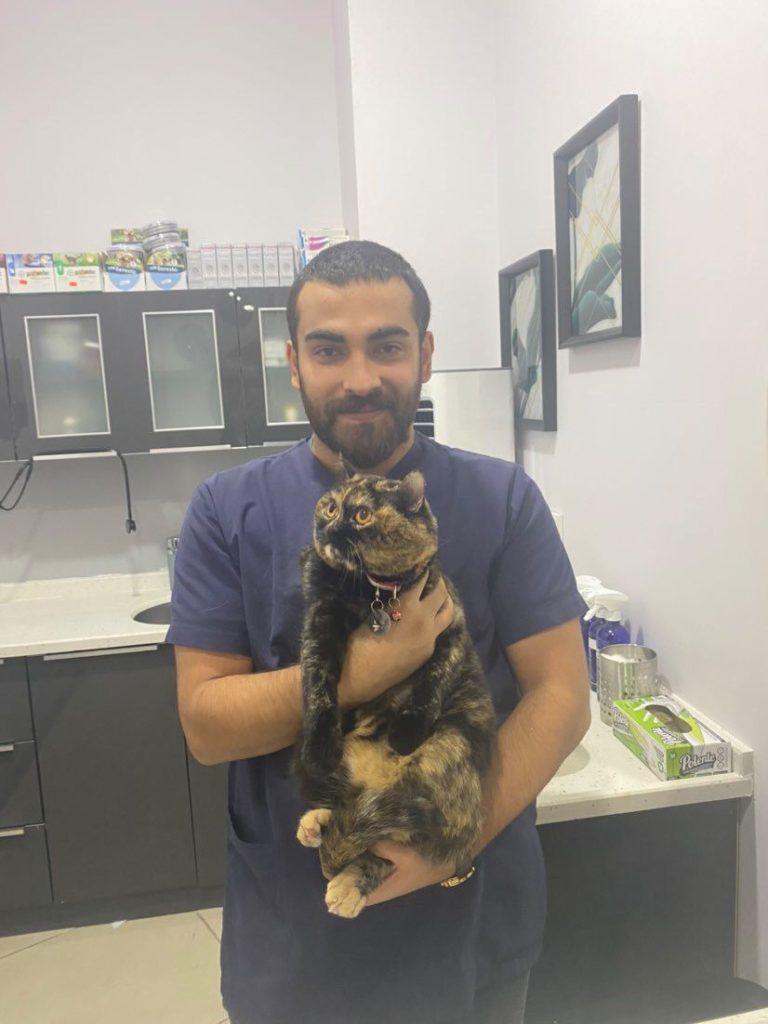In recent months, President Recep Tayyip Erdoğan expressed his intention to introduce new regulations to address the issue of stray animals in Turkey, with a keen eye on Europe’s example.
We delved into the situation of stray animals in Turkey and the European model while speaking with veterinarians and animal activists in Didim.
Erdoğan’s focus was primarily on free-roaming dogs. He stated, “There are already legal regulations in place for dealing with stray, homeless dogs. Relevant ministries and municipalities collect these stray dogs and take them to shelters, but it doesn’t end with just collecting them.
“In vast areas, necessary procedures, including diagnosis, treatment, and even surgeries if required, must be conducted on these animals. If necessary, we will also implement the solutions used by Europe.”
However, his statement triggered concerns among many animal activists. Türkan Ceylan, a prominent animal rights advocate and veterinarian in Turkey, noted that the phrase “solutions used by Europe” raised fears of euthanizing animals.
She also pointed out that animal-related regulations in Turkey are often established without consulting with animal activists and veterinarians, leading to widespread dissatisfaction.

The Veterinarian Türkan Ceylan
Cihangir Karayiğit, a compassionate veterinarian in Didim, also shared his perspective on this matter, saying, “In cases where animals have untreatable illnesses that may cause serious problems for other animals and possibly even humans, we are compelled to perform procedures we refer to as euthanizing the animals, using the most humane methods.
“However, legal regulations that make it easier to apply these methods can raise concerns, especially when they are used in situations where it is unnecessary.”
Both veterinarians highlighted the cultural and ethical dimensions of this issue. In Turkish culture, there is often resistance to euthanizing animals, with responses like, “I can’t allow my hands to be involved in its death.” They observed that other cultures are more open to such measures when convinced that there is no alternative.
Ceylan emphasized the need to alter the media’s portrayal of street dogs, dispelling the notion that they are inherently aggressive.
She explained, “The aggressiveness of street dogs is often related to estrogen and testosterone hormones, and the aggression rate significantly decreases in neutered dogs. Additionally, dogs left alone and released to places far from people can also become aggressive. Rehabilitating these dogs is entirely possible.”

The Veterinarian Cihangir Karayiğit
Karayiğit argued that, given the current conditions of shelters in Turkey, rehabilitating animals is not feasible. He stressed the importance of improving shelters and the need for dedicated veterinarians to work there.
Animals in shelters require prompt treatment, care, and neutering, and they should either be adopted or released to areas where they can access food and water, rather than being placed in distant and isolated locations.
He also emphasized that proper attention to neutering efforts would lead to a decrease in the number of stray dogs, ultimately addressing the “stray dog” issue.
The ongoing discussions and decisions related to stray animals must consider the concerns and perspectives of various stakeholders, as this issue necessitates a comprehensive and humane approach to finding effective solutions.
